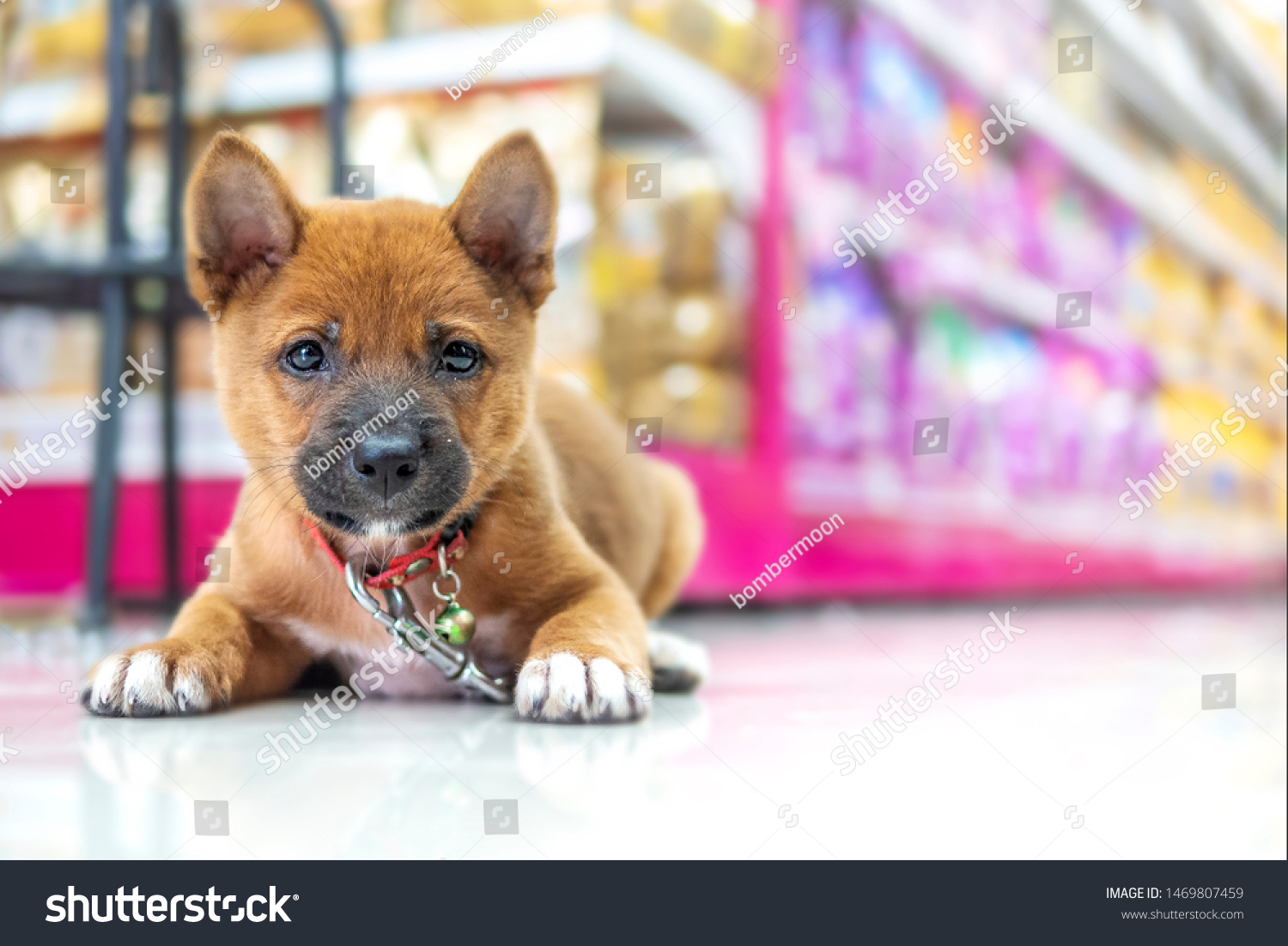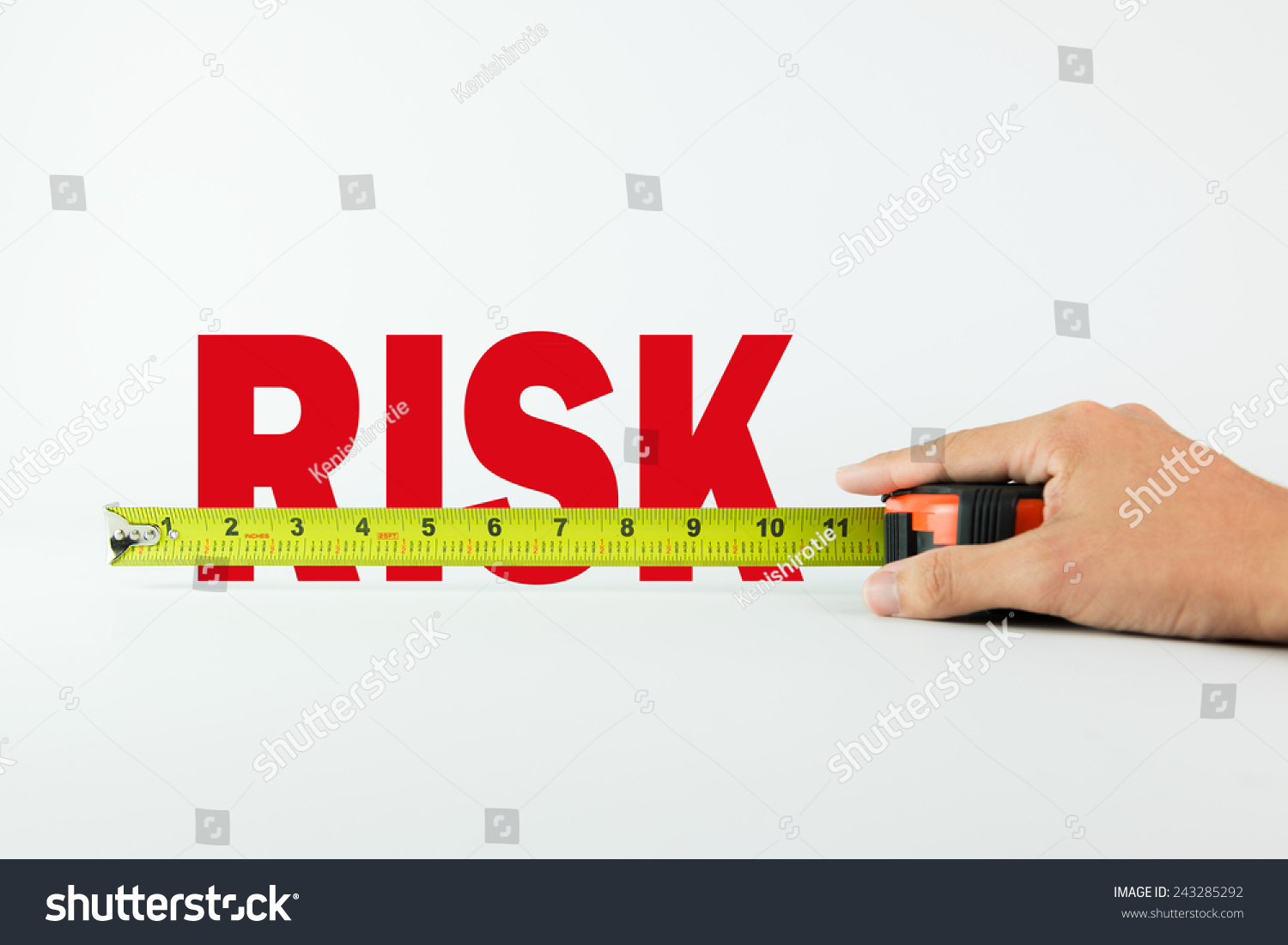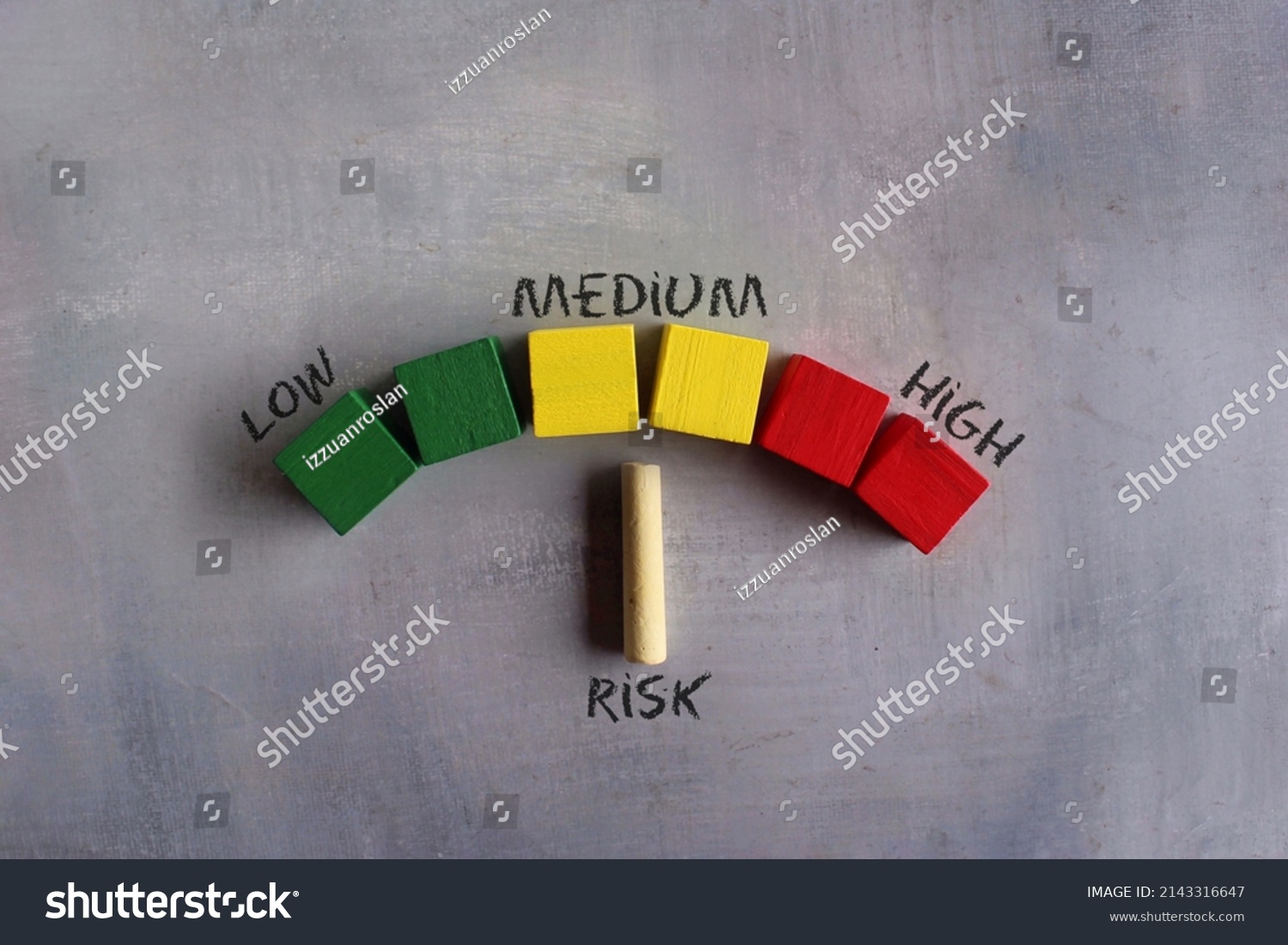Identifying, assessing, eliminating, and reporting hazards with residual risk involves a systematic and well-documented process to maintain safety. Here's a step-by-step guide:
- Observation: Regularly observe and assess the workplace for potential hazards. Pay attention to animal behaviour, equipment, environmental conditions, and processes.
- Employee Input: Encourage employees to actively report potential hazards they encounter during their work. Provide a mechanism for them to submit their observations.
- Review of Incidents: Analyse incident reports, near misses, and accidents to identify patterns and root causes. This can help identify recurring hazards.
- Risk Assessment: Use risk assessment tools, such as risk matrices, to assess the severity and likelihood of identified hazards. This helps prioritise hazards based on their potential impact.
- Residual Risk Evaluation: Assess the remaining risk after existing control measures are in place. This residual risk is what needs further consideration.
- Elimination: The first priority is to eliminate hazards whenever possible. This may involve changes in animal care practices, equipment modification, or facility design changes.
- Substitution: If elimination is not feasible, consider substituting the hazard with a less risky alternative, such as using different chemicals or animal handling techniques.
- Engineering Controls: Implement engineering controls like physical barriers, enclosures, or ventilation systems to minimise exposure to hazards.
- Administrative Controls: Develop administrative procedures, such as protocols, training, and safe work practices, to minimise risks.
- Personal Protective Equipment (PPE): Where necessary, provide appropriate PPE and ensure employees are trained in its correct use.
- Record Keeping: Maintain detailed records of identified hazards, risk assessments, control measures, and ongoing evaluations of their effectiveness.
- Internal Reporting: Establish a clear and accessible system for employees to report identified hazards and any concerns related to residual risks. Make sure employees are aware of this system and encourage reporting.
- Reporting to Supervisors: Encourage employees to promptly report any hazards or residual risks to their immediate supervisors for immediate action.
- Incident Reporting: Ensure that any incidents resulting from hazards or residual risks are reported, investigated, and documented.
- Regular Reviews: Continuously review the effectiveness of control measures and risk assessments. This should be done through routine inspections, safety audits, and feedback from employees.
- Periodic Risk Assessments: Reassess hazards with residual risk periodically to determine if changes in procedures, equipment, or knowledge warrant updated control measures.
- Sharing Information: Communicate findings and information about hazards, control measures, and residual risks to all relevant employees and stakeholders. Transparent communication is crucial for maintaining a safe environment.
- Compliance Check: Ensure that all hazard assessments and control measures align with relevant Australian regulations and standards in animal care.
- Engage Experts: When dealing with complex or high-risk situations, consider seeking input from animal care experts, veterinarians, or safety professionals to ensure comprehensive hazard management.
By following this systematic approach, you can effectively identify, assess, eliminate, and report hazards with residual risk. This not only enhances the safety of employees and animals but also helps maintain regulatory compliance.

Why Conduct Risk Assessments
Conducting risk assessments is crucial for several reasons:
- Safety: Risk assessments help identify and mitigate potential hazards in animal care environments, ensuring the safety of both employees and the animals under their care.
- Legal Compliance: Many Australian jurisdictions have stringent health and safety regulations and standards that require employers to assess and manage risks. Compliance with these regulations is mandatory to avoid legal consequences.
- Zoonotic Disease Prevention: Risk assessments are essential for identifying and mitigating the risk of zoonotic diseases, which can be transmitted between animals and humans. Preventing such diseases is critical for public health.
- Animal Welfare: Assessing risks helps maintain the welfare of the animals by reducing stress, injuries, and incidents that can occur due to inadequate safety measures.
How to Conduct Risk Assessments
- Identify Hazards: Start by identifying potential hazards in the animal care environment. This includes assessing animal behaviour, equipment, facility design, and work processes.
- Assess Risks: Evaluate the severity and likelihood of each identified hazard. Use a risk assessment tool or matrix to determine the level of risk associated with each hazard.
- Prioritise Risks: Prioritise the identified risks based on their potential impact. Focus on those with the highest risk ratings, as they pose the most significant threats to safety and well-being.
- Implement Control Measures: Develop and implement control measures to mitigate the identified risks. These measures can include changes in animal handling techniques, facility modifications, or the use of personal protective equipment.
- Document Findings: Maintain thorough records of the risk assessment process, including the hazards identified, risk assessments, and control measures implemented. This documentation is crucial for accountability and compliance.
By conducting risk assessments according to workplace processes, organisations can proactively identify and mitigate potential risks, enhance safety, maintain regulatory compliance, and contribute to the well-being of both employees and the animals they care for.

Developing control measures is essential to ensure the safety, well-being, and regulatory compliance. These measures are designed to mitigate risks associated with animal care activities, preventing accidents, injuries, and zoonotic diseases that can affect both employees and the animals under their care. By developing and implementing control measures, organisations can proactively address potential hazards, adhere to health and safety regulations, and foster a culture of safety and responsible animal handling, contributing to the protection of all stakeholders and the animals themselves.
How to Develop Control Measures, Taking Account of the Hierarchy of Risk Control
The hierarchy of risk control is a framework that guides the development of control measures in a structured and effective manner. It includes several levels of control, with the highest being the most effective in reducing risk. Here's how to develop control measures while considering this hierarchy:
- Elimination: The most effective control measure is to eliminate the hazard entirely whenever possible. In the context of animal care, this might involve changes in animal handling techniques, enclosure design, or the removal of hazardous animals from the workplace.
- Substitution: If elimination is not feasible, consider substituting the hazard with a less risky alternative. For example, using a less aggressive animal breed or type for certain tasks.
- Engineering Controls: Implement engineering controls to minimise the risk. Examples include the installation of physical barriers, ventilation systems, and improved equipment design to enhance safety.
- Administrative Controls: Develop administrative procedures, protocols, and safe work practices to reduce risk. These measures may involve creating standardised operating procedures for handling specific animals or conducting specific tasks.
- Personal Protective Equipment (PPE): As a last resort, when other control measures are not sufficient, provide and ensure the proper use of PPE. In animal care, this might include gloves, masks, safety glasses, or protective clothing.
Here are the steps to develop control measures while considering the hierarchy of risk control:
- Identify and assess the hazards specific to animal care activities.
- Prioritize the hazards based on their potential impact and the level of risk they pose.
- Select control measures based on the hierarchy of risk control, starting with elimination and working downward if elimination is not feasible.
- Develop detailed procedures and protocols for each control measure, including clear instructions on their implementation.
- Train and educate employees on the correct use of control measures and ensure they understand their importance.
- Regularly review and update control measures to adapt to changing circumstances or new risks.

Implementing the outcomes of risk assessments and supporting identified risk controls involves a systematic approach to ensure the safety and well-being of employees and animals. Here are the steps to implement these measures effectively:
Review the findings of the risk assessment and identify the control measures needed to mitigate the identified risks. These control measures can include changes in procedures, equipment modifications, facility improvements, or the use of personal protective equipment (PPE).
Create clear and detailed Standard Operating Procedures (SOPs) for each control measure. These procedures should outline the steps to be followed, responsibilities, and safety protocols.
Provide comprehensive training and education to employees on the correct implementation of control measures. Ensure that they understand the importance of following SOPs and that they are competent in their use.
Maintain open and transparent communication with employees regarding the importance of risk controls and their role in maintaining safety. Encourage employees to report any issues or concerns related to the implementation of control measures.
Maintain detailed records of the implementation of control measures. This documentation should include records of training, inspections, and any incidents or near misses related to risk controls.
Ensure that the implementation of control measures aligns with relevant Australian workplace health and safety regulations and standards specific to animal care.
Develop and communicate contingency plans in case control measures fail, or unexpected incidents occur. Ensure employees are aware of these plans and how to respond to emergencies.
By following these steps, organisations can effectively implement the outcomes of risk assessments and support the identified risk controls in the animal care context, promoting safety, regulatory compliance, and the welfare of both employees and the animals in their care.
Case Study
Ensuring Safety at "AnimalCare Haven
At "AnimalCare Haven," a facility dedicated to the care and rehabilitation of animals, the Safety and Operations Manager, Jane, takes charge of implementing risk assessments and supporting risk controls. The entire staff, including animal caregivers, veterinary professionals, and facility maintenance personnel, are involved in these efforts.
The objective is to ensure the safety and well-being of both the employees and the animals under their care. "AnimalCare Haven" has identified several safety concerns, including animal bites, potential accidents during medical procedures, and slip-and-fall risks in the facility.
Let’s see what steps need to be followed to ensure the safety and well-being of employees and animals:
- Identify Control Measures: The process begins with Jane leading a team comprising animal caregivers and veterinary professionals. They review past incidents and conduct risk assessments to identify control measures. These measures include modifying animal handling procedures, improving equipment for medical exams, enhancing facility layout for safety, and introducing personal protective equipment (PPE) for staff.
- Develop Standard Operating Procedures (SOPs): Once the control measures are identified, Jane collaborates with the staff to create detailed SOPs for each measure. These SOPs outline the precise steps to be followed during animal handling, medical procedures, and facility maintenance. They also specify responsibilities and safety protocols.
- Training and Education: With SOPs in place, Jane organises comprehensive training sessions for all staff members. Animal caregivers learn the safe handling of various animal species, veterinarians understand the updated medical procedures, and maintenance staff are trained on facility safety. The training emphasizes the importance of adhering to SOPs and ensures that all employees are competent in their use
- Communication: Maintaining open and transparent communication is a priority at "AnimalCare Haven." Jane encourages staff to report any issues or concerns related to the implementation of control measures. A suggestion box and regular safety meetings are used for this purpose. Employees are informed that their input is valuable for maintaining a safe environment.
- Documentation: To keep a record of their safety efforts, Jane maintains detailed records. These include records of training sessions, equipment inspections, and any incidents or near misses related to risk controls. This documentation is updated in real-time and regularly reviewed for insights into potential improvements.
- Regulatory Compliance: To ensure regulatory compliance, Jane conducts regular checks to verify that control measures align with Australian workplace health and safety regulations and standards specific to animal care. She collaborates with external auditors to confirm adherence.
- Crisis Preparedness: Contingency plans are developed and communicated to all staff. These plans outline actions to be taken in case control measures fail, or unexpected incidents occur. Regular drills are conducted to ensure employees are aware of these plans and know how to respond to emergencies.

Identifying deficiencies in workplace health and safety risk controls and addressing them, or reporting them when necessary, is a critical aspect of maintaining a safe and compliant work environment. Here's how to do it effectively:
Identifying Deficiencies
- Regular Inspections: Conduct routine workplace inspections to assess the effectiveness of implemented risk controls. Inspections can help identify visible deficiencies or deviations from established safety procedures.
- Employee Feedback: Encourage employees to report any concerns or deficiencies they observe during their work. Establish an accessible reporting mechanism for this purpose.
- Incident Analysis: Analyse workplace incidents, near misses, or accidents to identify root causes and potential deficiencies in risk controls that contributed to the incidents.
- Safety Audits: Conduct safety audits on a periodic basis to systematically review safety procedures, assess compliance, and identify any weaknesses in the current controls
Addressing or Reporting Deficiencies
If a deficiency poses an imminent risk to safety, take immediate corrective action to mitigate the risk. This might involve stopping work in the affected area, isolating the hazard, or implementing temporary control measures.
Record and document all identified deficiencies, detailing what was found, where it was found, and the potential risks associated with it. This documentation is vital for tracking deficiencies and ensuring they are addressed.
Assess the severity and potential impact of the identified deficiencies to prioritise them. Focus on addressing the most critical issues first.
For each identified deficiency, develop a corrective action plan that outlines specific steps to rectify the issue. Include responsible parties, deadlines, and necessary resources.
Put the corrective action plans into practice, making the necessary changes to risk controls, procedures, or equipment. Ensure that all employees are aware of the changes and receive any required training.
After implementing corrective actions, assess their effectiveness by conducting follow-up inspections, safety audits, or evaluations. Ensure that the deficiencies have been resolved and the risk controls are now robust.
If a deficiency cannot be immediately addressed or poses a significant risk, report it to higher management, safety officers, or relevant authorities. Timely reporting is crucial to prevent potential accidents.
Ensure that all actions taken to address deficiencies align with Australian workplace health and safety regulations and standards specific to animal care.
By systematically identifying and addressing or reporting deficiencies in workplace health and safety risk controls, workplaces can proactively maintain a safe and compliant work environment while preventing accidents and ensuring the well-being of both employees and the animals under their care.
Case Study
Managing Deficiencies at "PetCare Oasis"
At "PetCare Oasis," a comprehensive animal care facility, the responsibility for managing deficiencies falls on the Operations Manager, Tom, and his team of animal caregivers, veterinary professionals, and maintenance staff. The primary aim is to maintain a safe and secure environment for both the animals and the staff. "PetCare Oasis" has encountered various deficiencies over time, including damaged enclosures, malfunctioning equipment, and slip hazards that need to be addressed promptly to prevent accidents and ensure the well-being of the animals and staff.
Let’s see what steps need to be followed to identify and address deficiencies:
- Immediate Action: When a deficiency poses an imminent risk, the immediate action is taken. For example, if an animal enclosure is found to have a damaged latch that could potentially allow an animal to escape, the immediate action is to isolate that enclosure, preventing access to it, until a permanent fix can be implemented.
- Document Deficiencies: All deficiencies are recorded and documented. This documentation includes what was found (e.g., damaged enclosure latch), where it was found (e.g., in the east wing of the facility), and the potential risks associated with it (e.g., animal escape). These records are vital for tracking deficiencies and ensuring they are addressed.
- Priority Assessment: The severity and potential impact of each deficiency are assessed. Deficiencies that pose a higher risk, like escape risks for animals, are given the highest priority for immediate attention.
- Develop Corrective Action Plans: For each identified deficiency, a corrective action plan is developed. For instance, in the case of the damaged enclosure latch, the plan may outline steps to replace the latch, specify the maintenance staff responsible, set a deadline, and allocate necessary resources.
- Implement Corrective Actions: The corrective action plans are put into practice. In the example, the damaged latch is replaced, and the maintenance staff ensures that all enclosures have secure latches. Animal caregivers and staff are informed of these changes, and additional training is provided to ensure proper enclosure maintenance.
- Reassess Effectiveness: After implementing corrective actions, the effectiveness is reassessed through follow-up inspections. The maintenance staff conducts safety audits to confirm that the deficiencies have been resolved, and risk controls are now robust. In the case of the enclosure latch, regular checks are performed to ensure they remain secure.
- Reporting to Management: If a deficiency cannot be immediately addressed or poses a significant risk, it is reported to Tom, the Operations Manager, and higher management. They may also report to relevant safety authorities if required. Timely reporting is crucial to prevent potential accidents and ensure proper resources are allocated.
- Regulatory Compliance: All actions taken to address deficiencies are in compliance with Australian workplace health and safety regulations and standards specific to animal care. The facility maintains constant vigilance to adhere to relevant regulations.

Identifying personal professional limitations and seeking expert advice as required is essential for ensuring that animal handling and care is provided at the highest level of expertise and safety. Here's how to do it effectively:
Identifying Personal Professional Limitations
- Self-Assessment: Regularly evaluate your own knowledge, skills, and experience in the field of animal care. Identify areas where you may lack expertise or feel less confident.
- Reflect on Challenges: Consider situations or tasks in which you've encountered difficulties or felt out of your depth. These can be indicators of personal limitations.
- Feedback from Colleagues: Engage in open communication with colleagues and supervisors. They may offer valuable insights about areas where you can improve or seek expert advice.
Seeking Expert Advice
- Recognise the Need: When you identify areas where you have limitations or lack expertise, acknowledge that seeking expert advice is necessary to ensure the highest standards of care.
- Identify the Right Experts: Determine the specific expertise you require and identify professionals, such as veterinarians, animal behaviourists, or specialists, who possess the knowledge and skills you need.
- Establish a Network: Build a network of experts and professionals in the field. Establish relationships and channels of communication with them to facilitate easy access to advice when required.
- Consultation: Reach out to the experts and request consultations. Provide them with detailed information about the specific issues or challenges you're facing.
- Continuous Education and Professional Development: Actively engage in continuous education and training opportunities in areas where you have limitations. This can help you develop your own expertise over time. Stay informed about the latest developments in animal care through conferences, workshops, and industry publications.
Quiz
